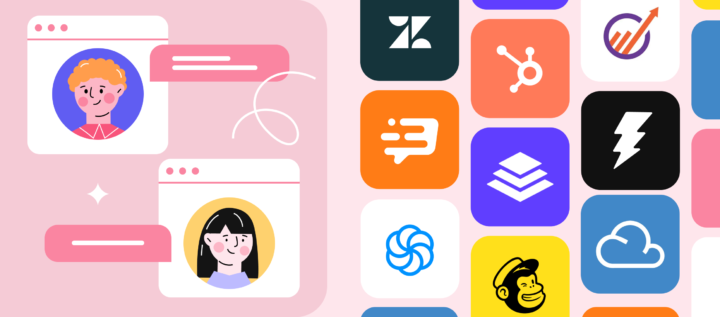- Main page
- Guides
Lead generation: an ultimate guide to the best strategies and tools
Discover the best tools, tips, and strategies on how to turn your website into a lead generation machine
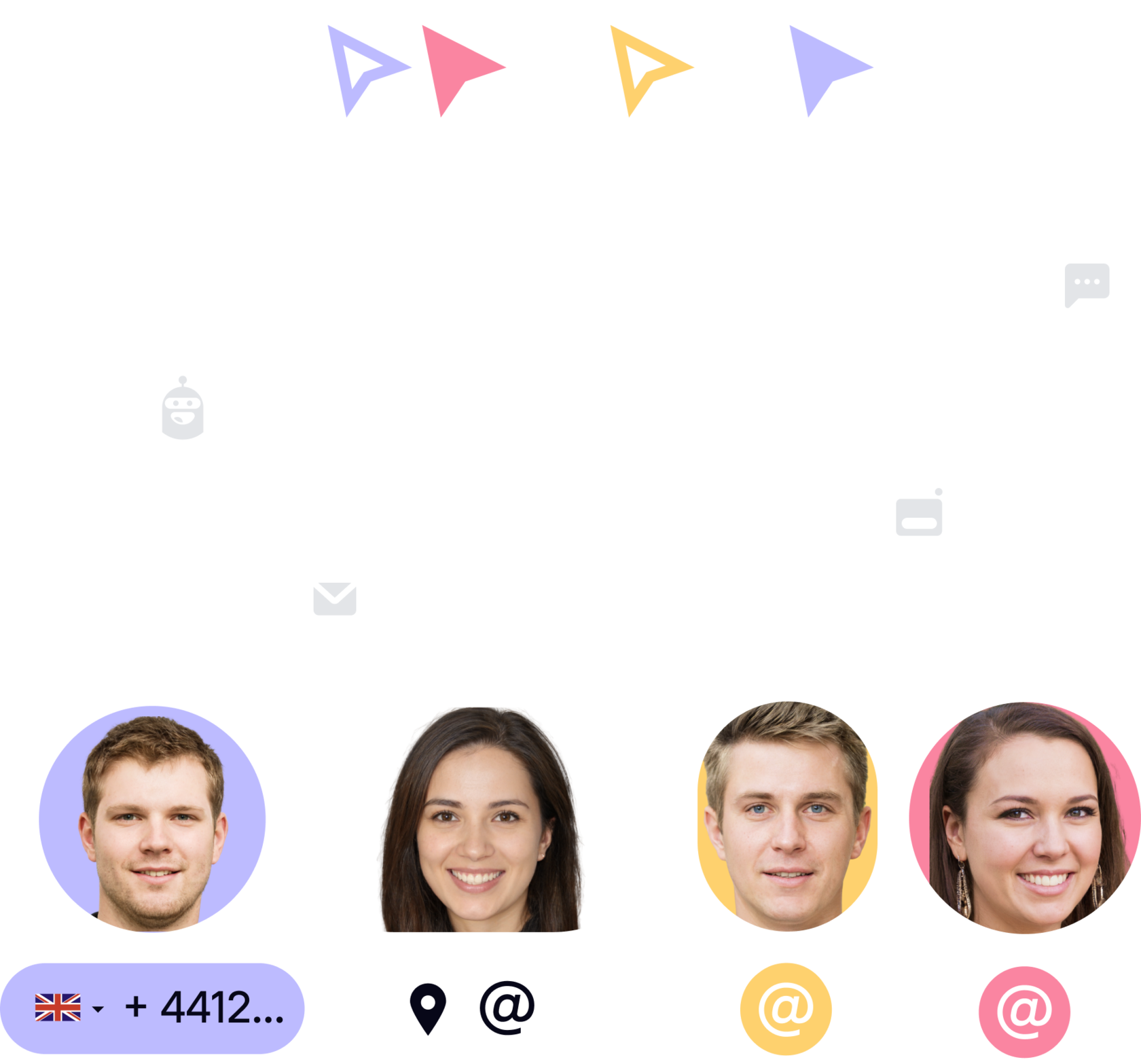
Part 1
Lead generation: an ultimate guide to the best strategies and tools
Remember the days when your inbox was full of spam emails? Thanks to GDPR, now you can rarely meet businesses who buy client databases or use email parsers to generate leads.
Nowadays, lead generation is about two-way communication when users voluntarily share their contact data and allow you to contact them later. But to interest them, you have to offer something valuable instead 😉
Good to know, in this article, you can find everything about modern lead generation: non-obvious benefits it brings, the best strategies and tools to implement right now. Let’s go!
Want more guides? Here is the Dashly collection. Learn everything about:
What is lead generation?
Lead generation is a process of collecting contacts of people who are interested in your business and product.
Generally, there are several steps that a lead goes through. Let’s take the standard business funnel as an example:
At the Awareness stage, you’ll have to nurture your leads to make them buy from you — this may be newsletters. The deeper the funnel, the hotter leads you get.
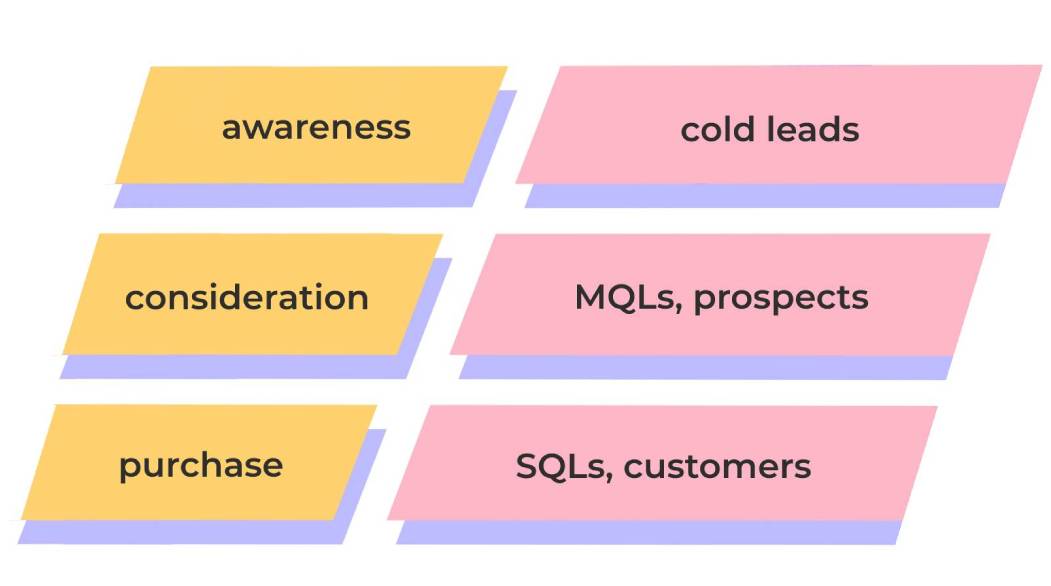
But to define the hottest, you’d better qualify them when collecting.
Also, lead generation allows you to get several types of leads. Let’s consider each of them.
- Cold leads are users who’ve never contacted you and maybe don’t even know about your company. Usually, cold leads are the most expensive for businesses to turn into customers.
- Prospects are users who’ve contacted you once or twice. They don’t know your product in detail, but they’ve shown an interest. Thus, you have all the chances to turn them into your customers.
- MQLs (Marketing Qualified Leads) are leads that may become your customer or at least SQL in case you nurture them enough — for example, by newsletters, guides, webinars, and so on.
- SQLs (Sales Qualified Leads) are users who are ready to talk with the sales team. They may have researched your product and shown enough interest in it. Also, such leads are often scored and qualified by your marketing team before being passed to a sales team.
- Customers are your goal. These leads generate revenue for your further business development.
Why do you need lead generation?
Lead generation is a fundamental thing of business revenue. The better your lead generation is — the more income you’ll get. If that’s not enough, there are some more arguments to consider while launching lead generation:
- Expand your market
Lead generation is impossible without knowledge of your target audience and market. The more you communicate with leads from your base, the better you understand who is your potential customer and who is not. All this gives you a clear picture of what market segments to focus your marketing efforts.
- Collect more customer reviews
The better you set up lead generation processes, the more customers you get. It means that you’ll be able to collect more reviews from them. As a result, more website visitors will trust you and share their contact data.
- Create more business opportunities
Thanks to active lead generation, you’ll have a good-quality mailing list. This is a good argument to build strong partnerships with other brands and spread the word about your products.
Sounds good, isn’t it? Time to generate leads!
5 strategies and ideas on how to generate leads
So how can you come up with new strategies for lead generation? Dashly expert has an answer 👇
Monitor your competitors. Steal like an artist — sometimes, you may find inspiration in your competitors’ campaigns. Implement the best practices to your lead generation strategy to capture more leads.
So, we found a few examples of amazing lead generation strategies for your inspiration. Some of them fit eCommerce, some are for SaaS or EdTech. Sure thing, there are proven lead generation tactics that meet each industry.
Let’s take a look!
Lead generation strategy #1: Offer a discount
This strategy will be useful for attracting leads who already know your product and may be ready to buy from you. The main thing in this lead generation strategy is collecting their emails to send discount codes.
Companies place banners with discounts on websites. Here is an example of how MasterClass does this:
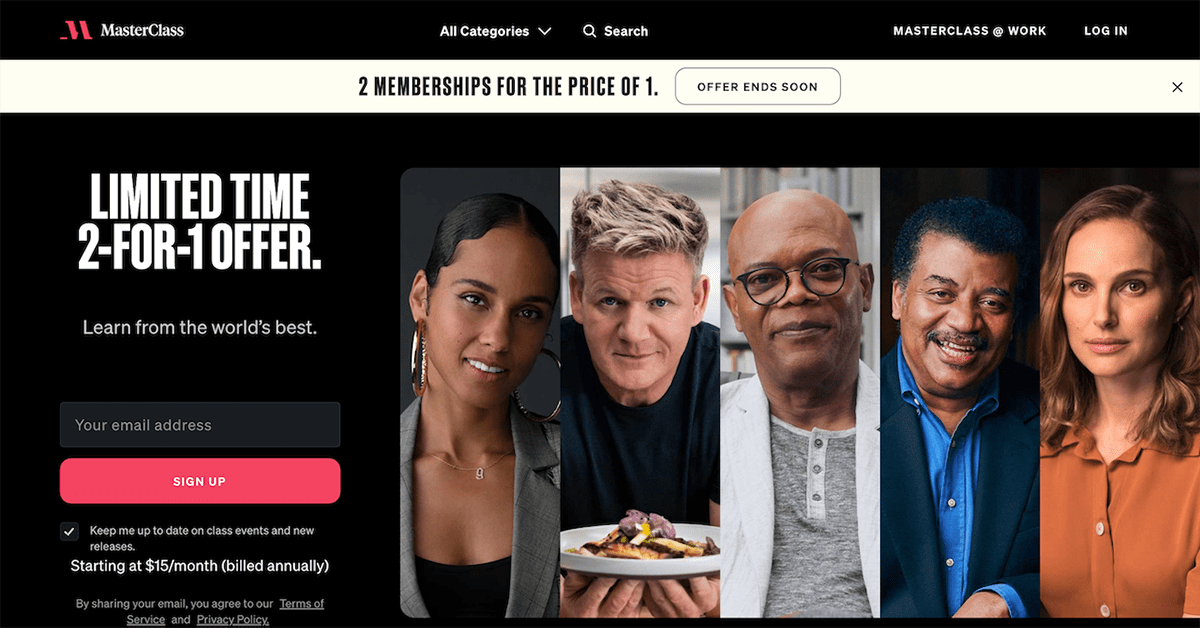
After clicking on a banner, users land on the special lead generation page with a lead form where they should leave an email to get the discount.
However, the problem with such a method is banner blindness. People just ignore your offer, no matter how good it is.
The fix?
Spark a conversation with your website visitors. Include a chatbot into your lead generation strategy — it will engage more leads due to its proactivity and collect all the data needed.
Lead generation strategy #2: free trial
A free trial is an excellent way to let users feel the value of your product and its features. Moreover, it is an exceptional opportunity to collect more users’ data during registration.
Usually, to boost lead generation, companies publish info about free trials on the Pricing/Main/Sign-up page. To engage visitors to register, they launch a chatbot because it is impossible to ignore such a charming assistant. Just look Dashly team uses this strategy:
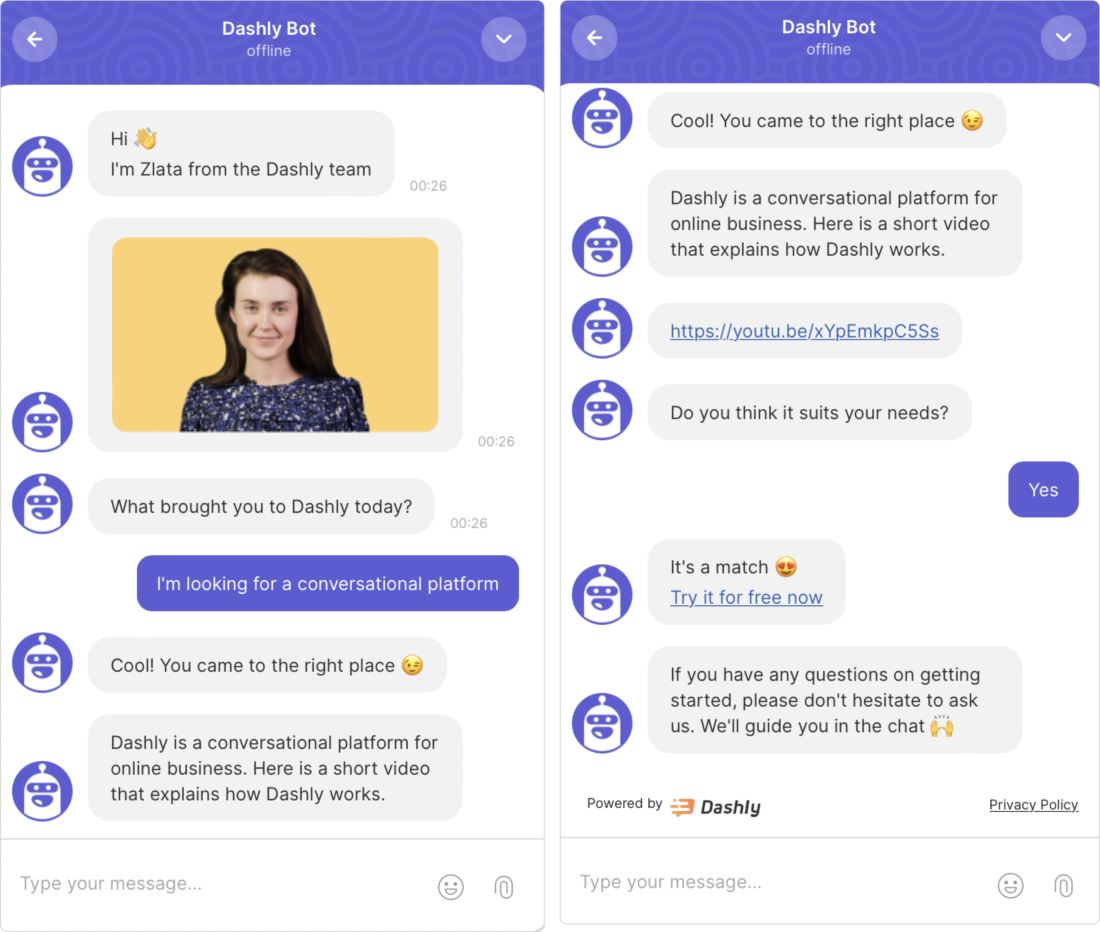
This lead generation strategy works well with SQLs.
Lead generation strategy #3: lead magnets
Who doesn’t like free books, checklists, guides, or templates? Users love this for the exceptional opportunity to get expert knowledge for free, while companies see it as a way to collect more target contacts. A win-win situation.
For example, here is the most popular lead magnet among Dashly blog readers:
Thanks! Now check your inbox
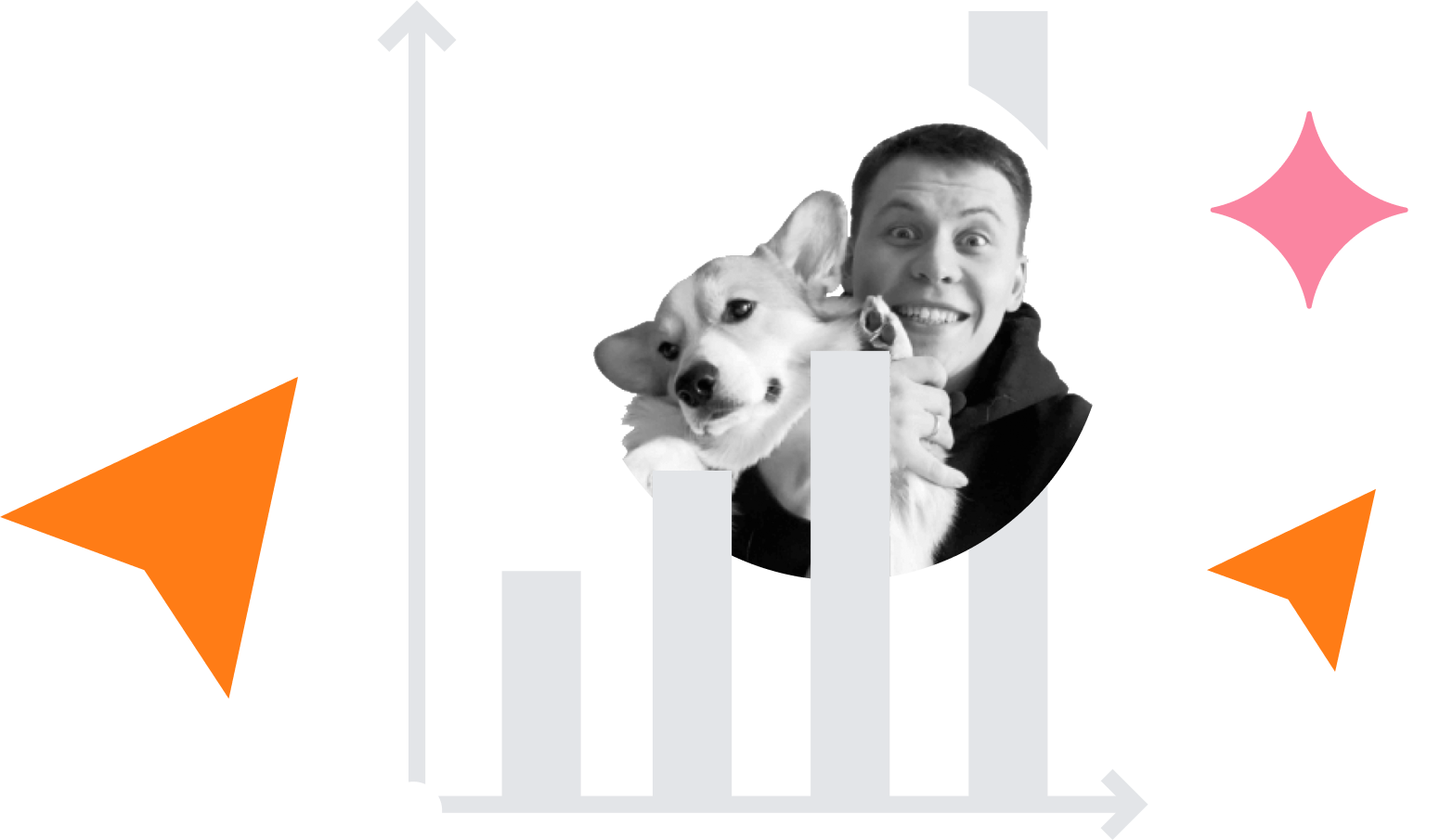
What’s good about this lead generation strategy is that you can use lead magnets on every page. In addition to lead generation forms, marketers use pop-ups and chatbots.
This lead generation strategy works well with cold leads and prospects.
Lead generation strategy #4: free webinars
This lead generation tactic is about showing expertise in your area. As we said, people enjoy learning something new. So you’re likely to get lots of signups from potential customers.
What’s good about this lead generation strategy is that you can make a partnership with a related company and combine your audiences.
Another advantage of webinars is content repurposing. You can turn recordings into YouTube videos or blog articles to collect more leads even after the event is over.
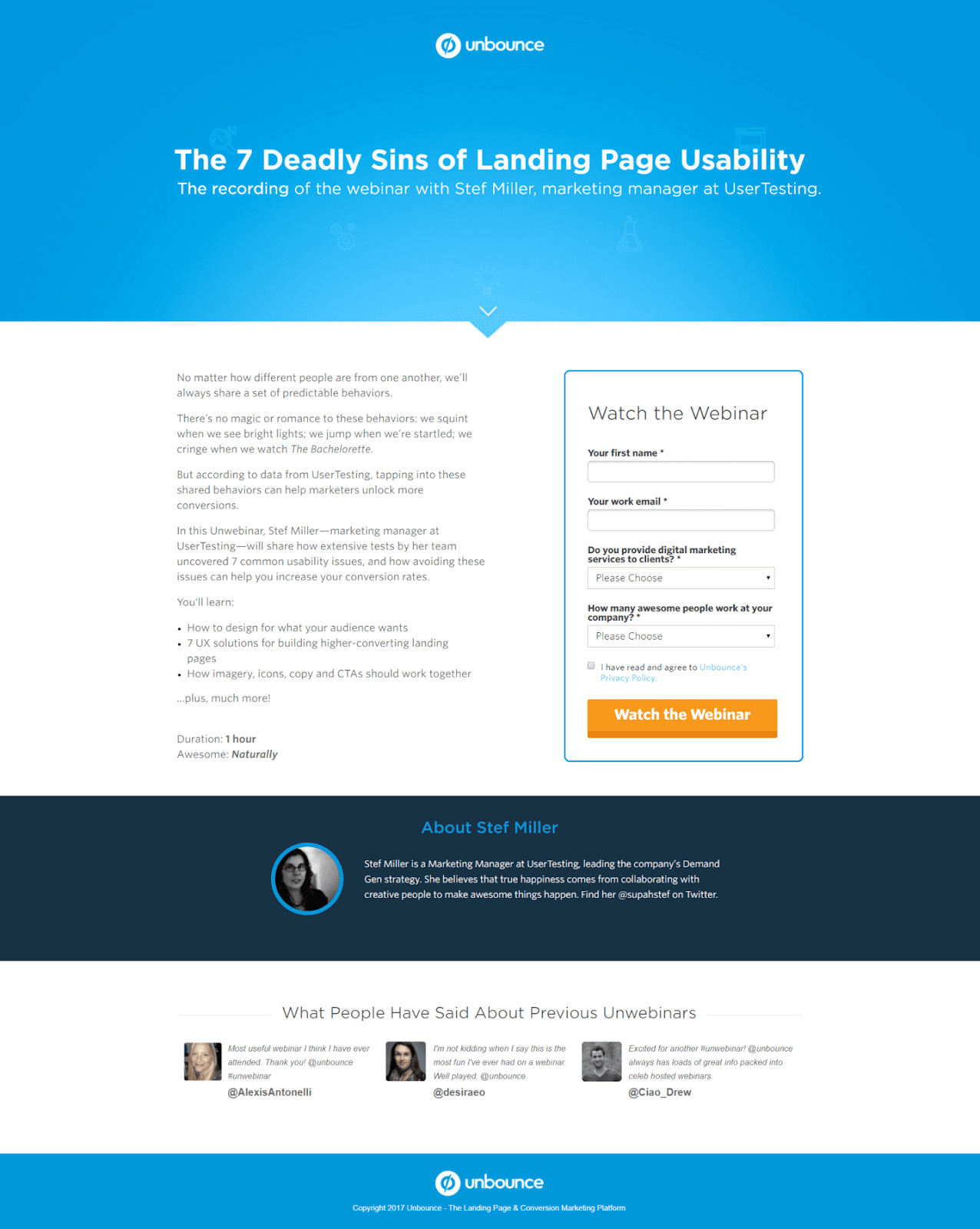
Usually, marketers use SEO or Ads to attract people to a relevant landing page with a lead form to register for a webinar.
But if you already have good traffic, it is better to launch a relevant pop-up or a chatbot on your website pages.
Here is how Thinkific collects all the essential data and passes it to your sales team.
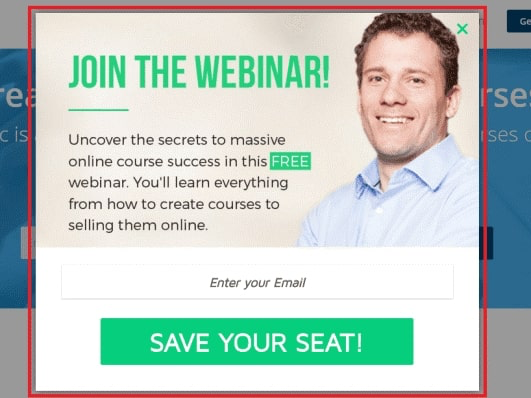
This lead generation strategy works well with prospects and MQLs.
Lead generation strategy #5: website assessment
This is another lead generation technique that’s recently become popular.
Each business wants to find its weak points and eliminate them. So help them to do it. Show your expertise and conduct a free assessment of the brand website/socials/emails/etc.
In addition to actual recommendations, you can advise your product or service as a solution. It’s beneficial for both you and your website visitors. They get insights on their business improvement. And you capture leads.
Since it is a top of the funnel offer, publish it on the main page, blog, and dedicated landing page. But avoid punting it to pricing or product pages.
For example, obviously, this article is about lead generation basics at top of the funnel. As a reader, you may not know about our conversational platform tools. But we know that you’re interested in lead generation. Good to know, we have a special offer for such visitors: our experts help businesses with free consultations on how to improve website lead generation.
Thus, we put a relevant banner here 👇
This lead generation strategy works well with MQLs and SQLs.
Wanna more lead generation strategies for your website?
4 examples of the best lead generation practices
Sure thing, there are industries requiring a specific lead generation approach. In such a case, the Dashly implementation team builds a unique lead generation campaign according to the company’s needs. For your inspiration, here we’ve collected the best practices from our SaaS, Agencies, EdTech, or eCommerce clients.
Lead generation for SaaS
Lead generation can boost signups in SaaS up to 70% — before using a chatbot, the Conversion Rate was only 20%.
Here is a lead generation case study of an online Instagram account audit platform. The goal was to increase the conversion to signup on the website. In this case, a chatbot has come in handy.
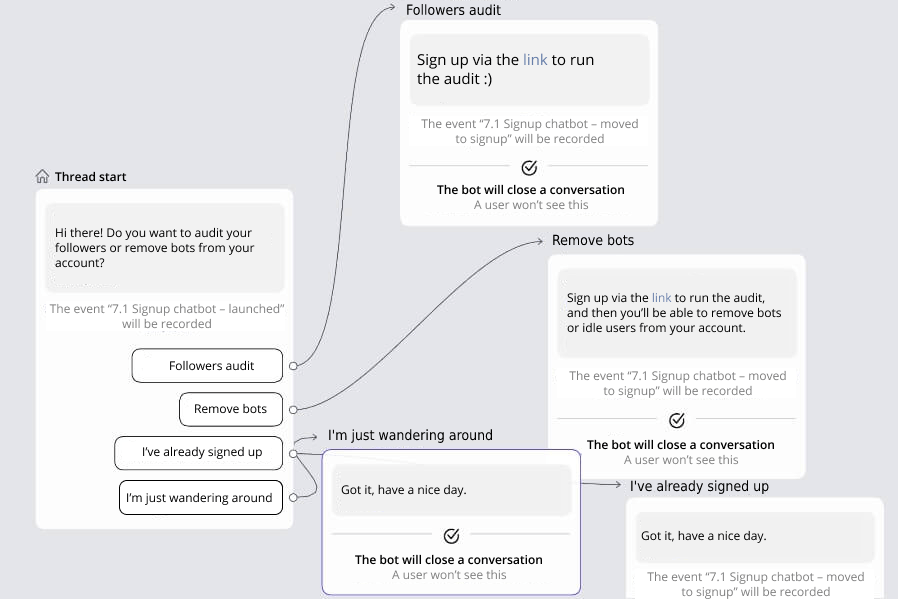
After developing campaigns and launching a chatbot just in two weeks, the conversion to signup increased by 36%, later — by 70%.
Thanks! Now check your inbox
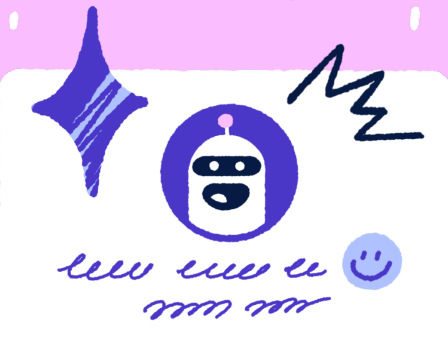
Lead generation for agencies
It’s a success story of the Kflwebdesign agency. The goal was to get as much customer data as possible.
Together with the customer, we launched a discount pop-up. This is one of the most simple lead generation practices, but it still works.
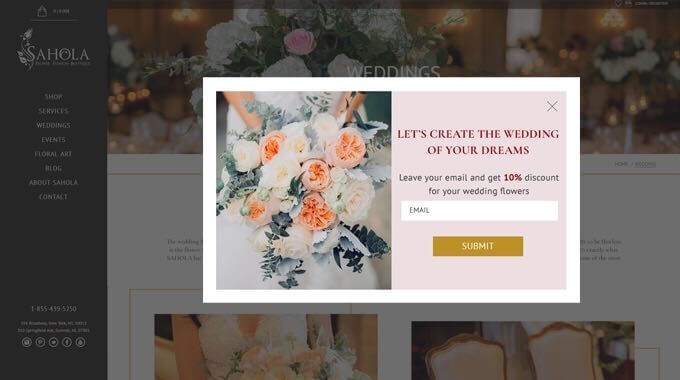
As a result, the pop-up collected 337 new emails. Later, 27% of these leads converted into buyers.
Lead generation for EdTech
The hero of this case study is SkillFactory, a digital school for Data and IT specialists. One of the main tasks was to collect quality leads.
To boost lead generation, a marketer added a chatbot to the pages of the most popular courses. It engaged website visitors in the conversation and dealt with FAQs, asking for email at the end of the conversation.
Depending on a page, it collected emails from up to 22% of all the users who’ve seen the message.
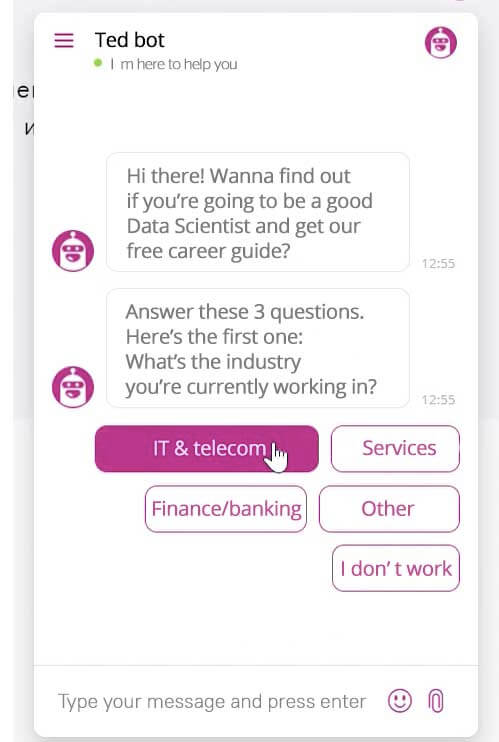
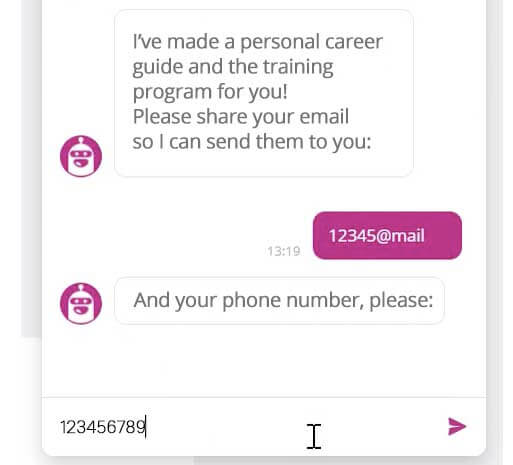
Overall, the conversion to payment increased by 44%.
Thanks! Now check your email

Lead generation for eCommerce
And last but not least — eCommerce.
Dashly customer He&She combined pop-ups and a chatbot to boost lead generation. The company decided to carry out an experiment and find out which campaign would perform best.
The most successful pop-up brought 3 111 new leads.

The chatbot engaged in the conversation with 690 prospects.
Since most of the traffic was mobile users. The customer launched a banner for mobile users. It caught other 375 leads:

As a result, over 4k potential customers with three easy-to-set-up tools.
10 services to automate your lead generation
Dashly lead generation platform
Dashly is one of the best all-in-one lead generation services that combines several tools for marketing, sales, and customer support teams.
The platform enables marketers to increase the number of qualified leads without acquiring more traffic. Dashly suits SaaS, EdTech, eCommerce companies, or agencies.
Dashly lead generation tools
Here is a more detailed list of features you’ll find useful to boost your lead generation:
- Chatbot — the tool that will answer users’ questions and generate leads even at nighttime;
- Pop-up — an instrument to capture users’ attention and collect their contacts. Businesses use this to offer a discount, promo code, or gift;
- Triggered email campaigns — this may be used as the next link in the chain after pop-ups. Emails will help you reach out to those who’ve left your website and make some personal offers for them.
- Live chat. The live chat may also be used to engage visitors in conversation and collect their emails for further lead nurturing.
- 30+ integrations with your CRM, social media (Facebook, Instagram), and messengers (WhatsApp, Facebook Messenger), etc.
To help you with launching, Dashly offers ready-made campaigns that enable you to launch campaigns in a couple of minutes without involving a developer. Also, you may ask for help from an implementation team — they will share their expertise and show you how to use Dashly tools, particularly in your case.
Pricing: from $39/mo
Free trial: 7 days.
Free plan: available.
There are three paid plans, starting from $39/mo. However, if you want to set up automated triggered campaigns for lead generation, consider the Marketing plan. It offers the biggest number of chatbots and other triggered messages. And you can always increase the limit with add-ons.
What differs Dashly from other lead generation platforms is unlimited agent seats.
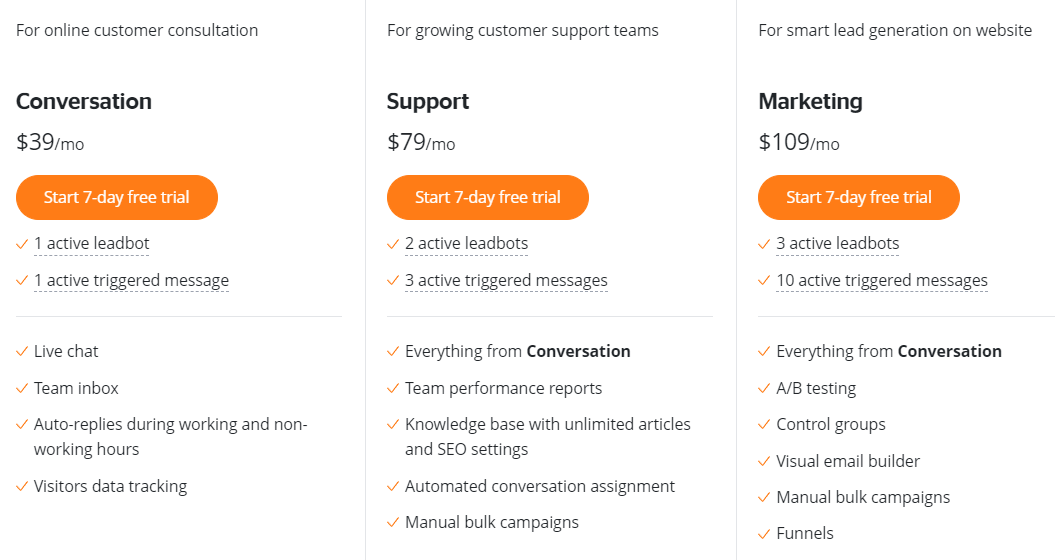
The price depends on the website traffic and add-ons you’d like to include in your plan. Find out how much you’ll pay for the platform with a calculator right on the pricing page.
Pros and cons
- A wide range of tools for lead generation is available in convenient visual builders.
- Unlimited agent seats.
- 30+ integrations with your fav tools.
- No AI.
- Some tools might require help to set up, but support agents are there for you.
Drift lead generation platform
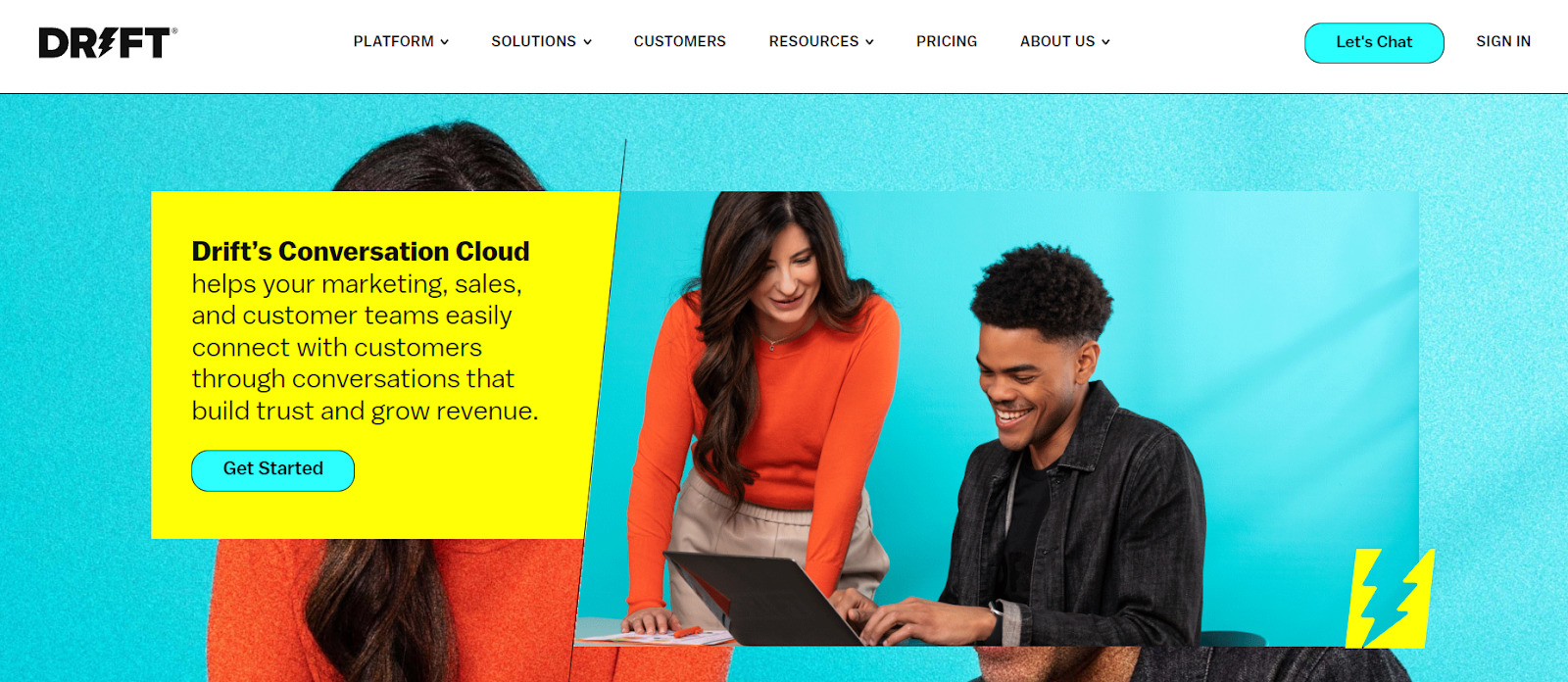
As a lead generation instrument, Drift sticks to the conversational marketing approach. It provides tools for building trust between a business and customers, helping generate more revenue.
The solution will perfectly suit B2B companies from the mid-sized and enterprise segment.
Drift lead generation tools
- Chatbot,
- live chat,
- user data tracking,
- triggered email campaigns.
Drift pricing
Free trial: not available.
Free plan: available.
To get the exact pricing, you’ll have to book a demo with sales reps.
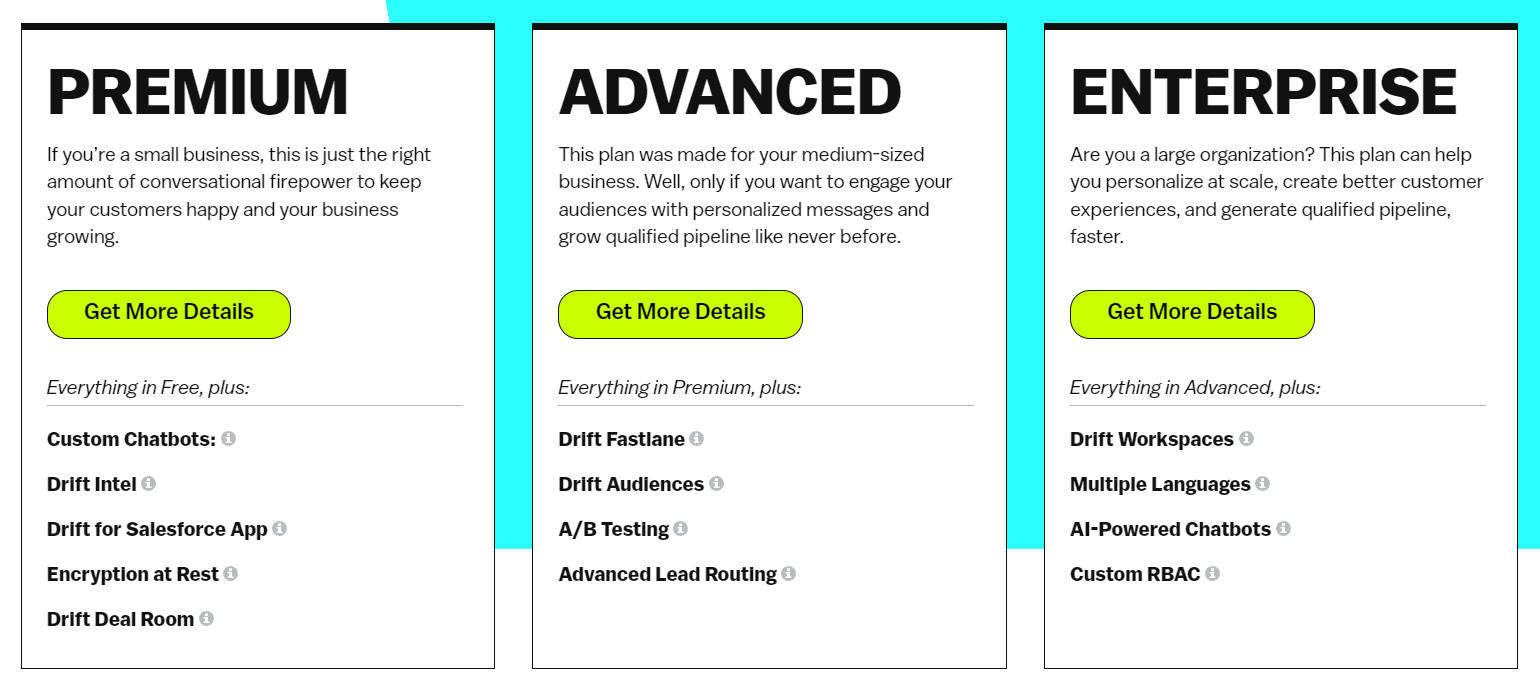
But according to users’ reviews, the pricing starts from $400, but consider that Drift offers only annual accounts.
If you’re a startup with less than 50 employees, and your business is less than 5-year-old, you can get a 97% discount (but again, the contract is annual).
Pros and cons
- Easy to launch and use;
- Friendly customer support;
- Lots of tools.
- Non-transparent pricing — you can’t find out how much you’ll pay till you contact sales reps;
- The code may slow down the speed of your website loading;
- Has some troubles with targeting.
Hubspot
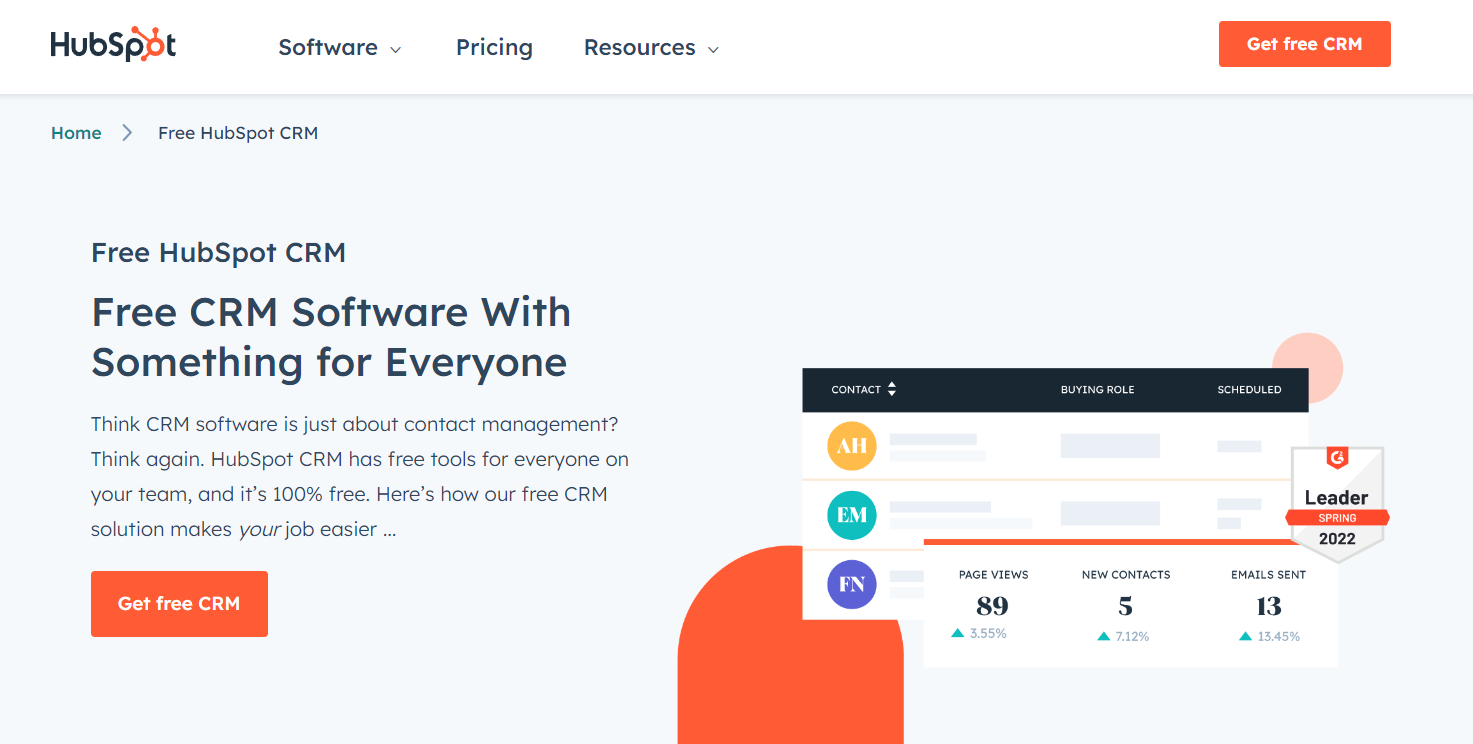
If you’ve ever searched for a lead generation platform, you must have heard about Hubspot. It offers lots of different services for marketing, customer support, and sales, including lead generation tools.
The solution may be affordable for mid-size and enterprise businesses in any industry.
Hubspot lead generation tools
The platform offers a wide range of features:
- chatbots,
- lead forms and landing pages,
- live chat,
- lead generation CRM
- triggered email campaigns,
- Facebook, Google, and LinkedIn ads.
Hubspot pricing: from $50/mo
Free trial: 14 days.
Free plan: available.
There are three paid plans for boosting lead generation. The free plan offers limited functionality for free.

The final price depends on the number of your marketing contacts — the number of users you’ll send emails or ads to.
Pros and cons
- Friendly interface, easy to set up;
- Free plan;
- Lots of features and add-ons.
- Expensive plans and add-ons;
- Non-comprehensive analytics;
- Lack of customization of admin panel and tools.
Zendesk Reach
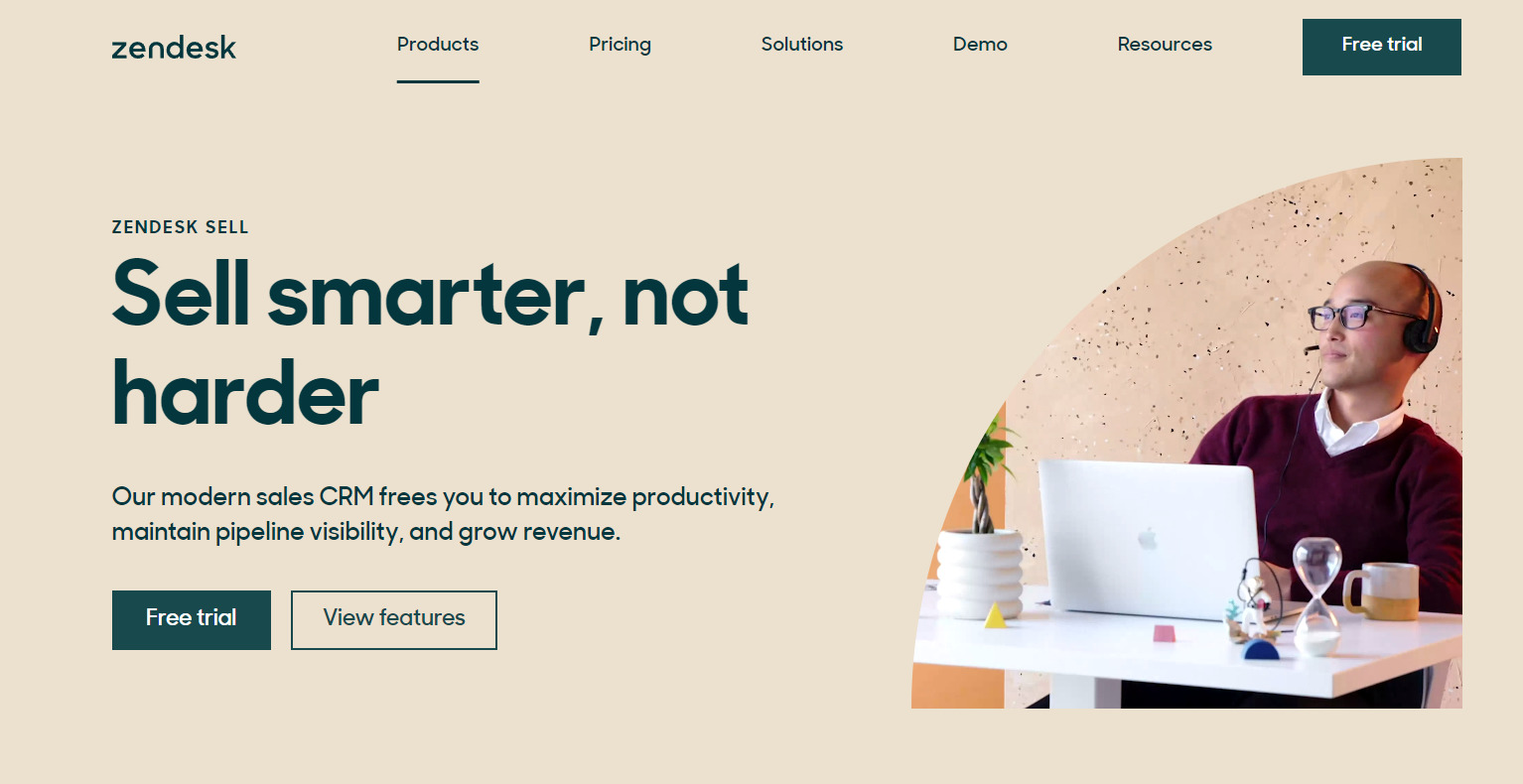
Zendesk offers lots of services; one of them is Zendesk Reach, that will help you boost your lead generation strategy no matter how large your business is.
Zendesk lead generation tools:
- CRM,
- email sequences,
- live chat,
- integrations.
Also, if you have a chatbot, you can integrate it with Zendesk tools.
Zendesk pricing: from $19/mo
Free trial: 30 days.
Free plan: not available.
There are four paid plans — the price starts from $19/mo and depends on the number of users you add.
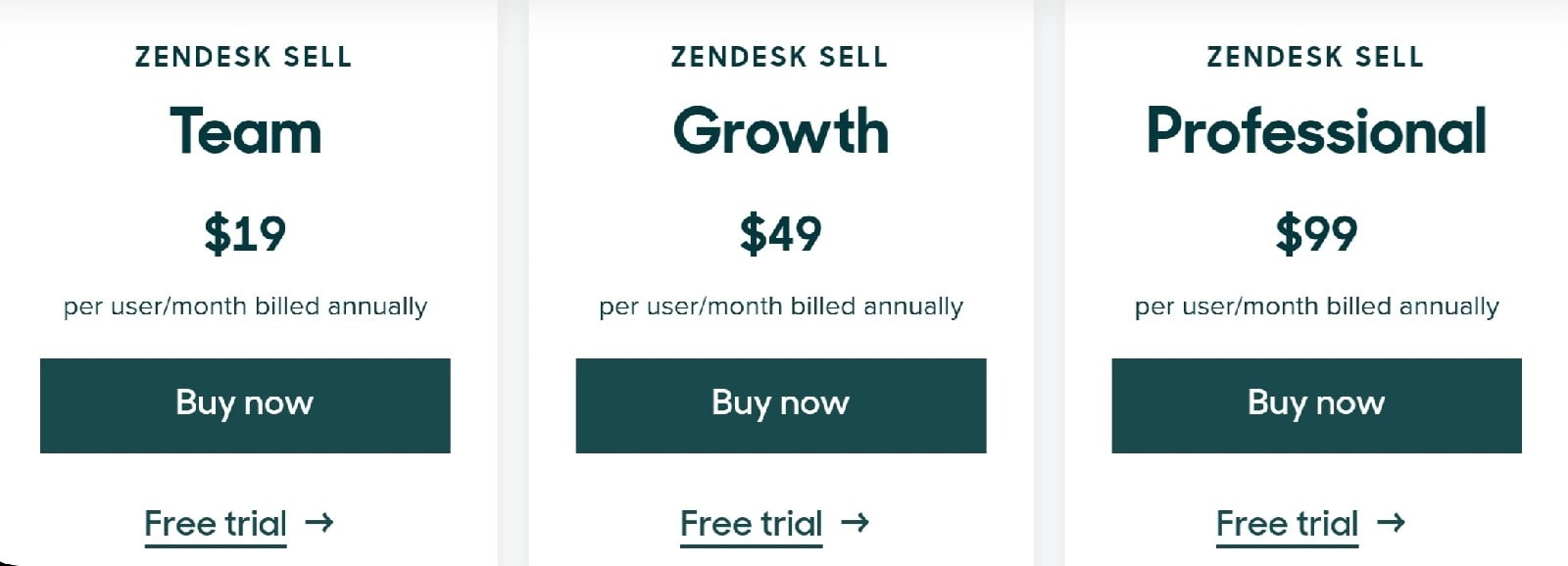
Zendesk lead generation pricing
Pros and cons
- Lots of tools available;
- Easy to configure and use.
- The pricing suits mostly enterprise;
- Customer service may come unresponsive;
- Very expensive reporting.
Freshdesk
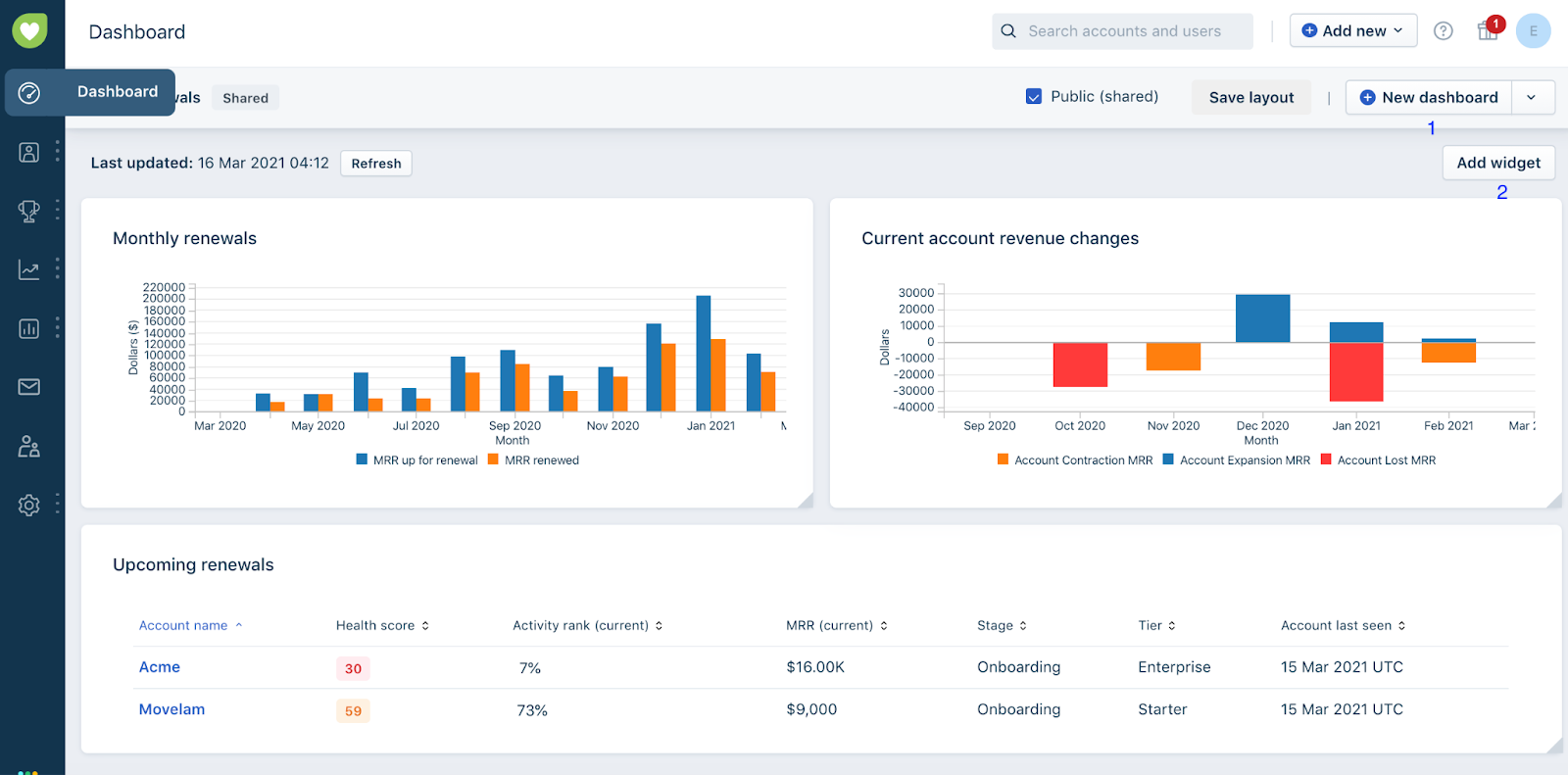
This lead generation platform mostly focuses on marketing and customer support. The software allows combining several communication channels and collecting leads from each of them.
The solution will suit all sizes of businesses, mostly for eCommerce and IT.
Freshdesk lead generation tools:
- email chatbot and email marketing;
- custom dashboards;
- live chat;
- ready-made lead forms;
- chatbot with templates.
Freshdesk pricing: from $29/mo
Free trial: 21 days.
Free plan: not available.
Freshdesk offers three plans for lead generation. Note that chatbots are available only on the most expensive plan — the Enterprise Omnichannel.
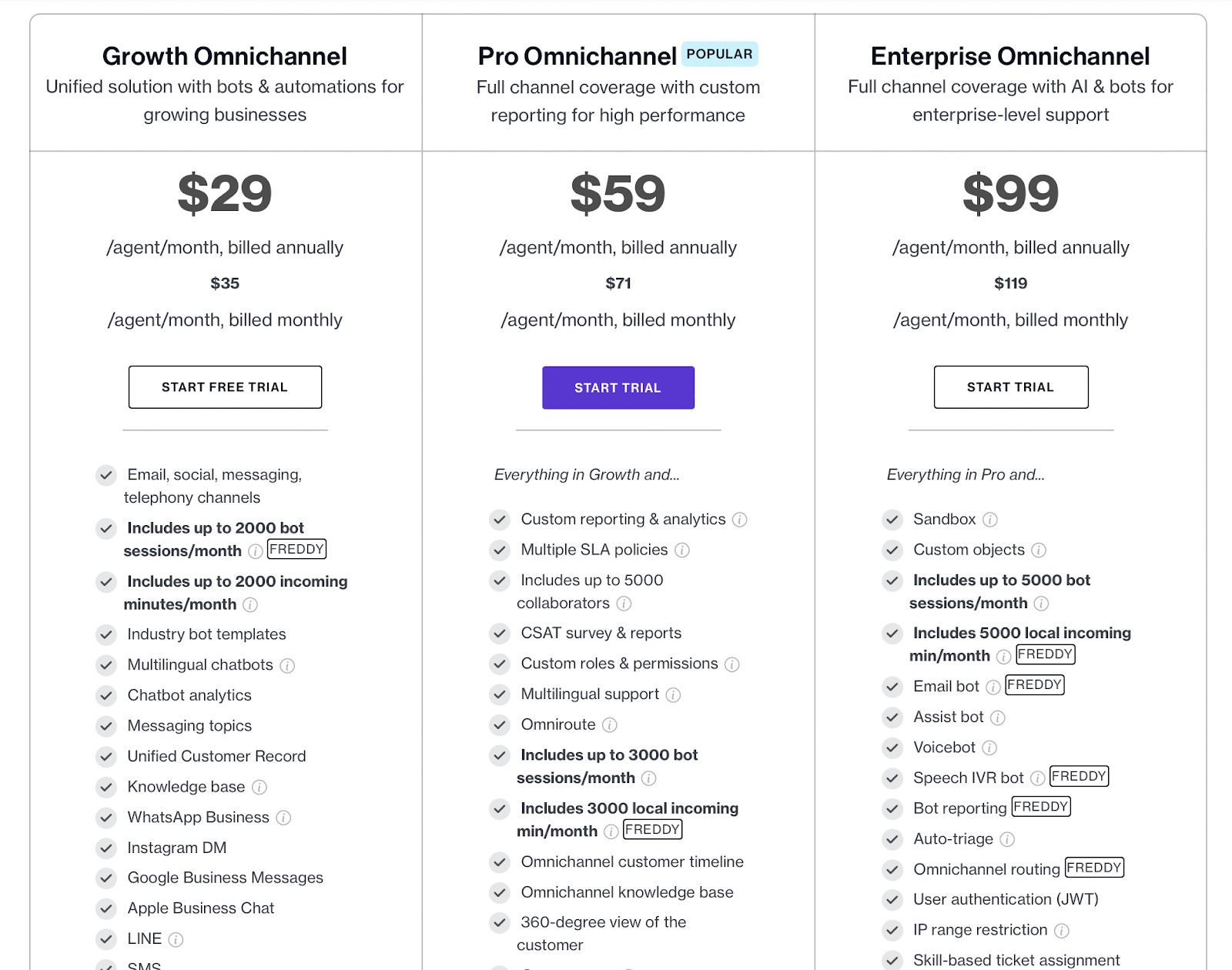
Pros and cons
- Easy to set up;
- Lots of third-party integrations;
- Reports generate quickly.
- Chatbot available only on the most expensive plan;
- Not all the features are available on mobile version;
- An admin panel may work slowly sometimes.
Sendinblue
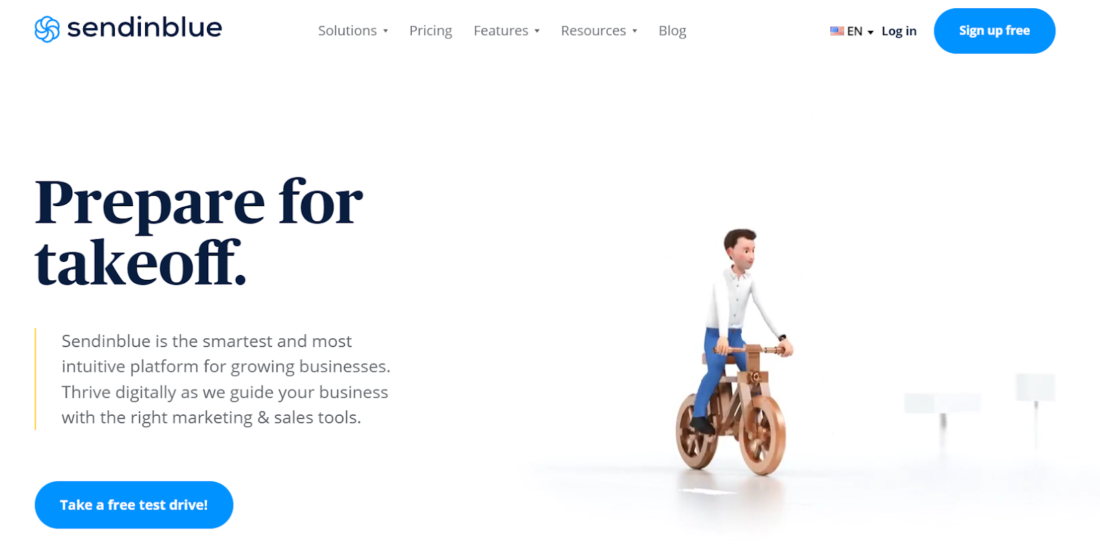
Sendinblue is a tool for lead generation that helps businesses grow that mainly focuses on email marketing. This will suit any size of business from different segments.
Sendinblue lead generation tools:
- email marketing tools,
- landing pages
- live chat,
- Facebook ads.
Sendinblue pricing: from $25/mo
Free trial: not available.
Free plan: available.
There are three paid plans; the price for the cheapest one starts from $25/mo and depends on the number of emails you’re going to send.
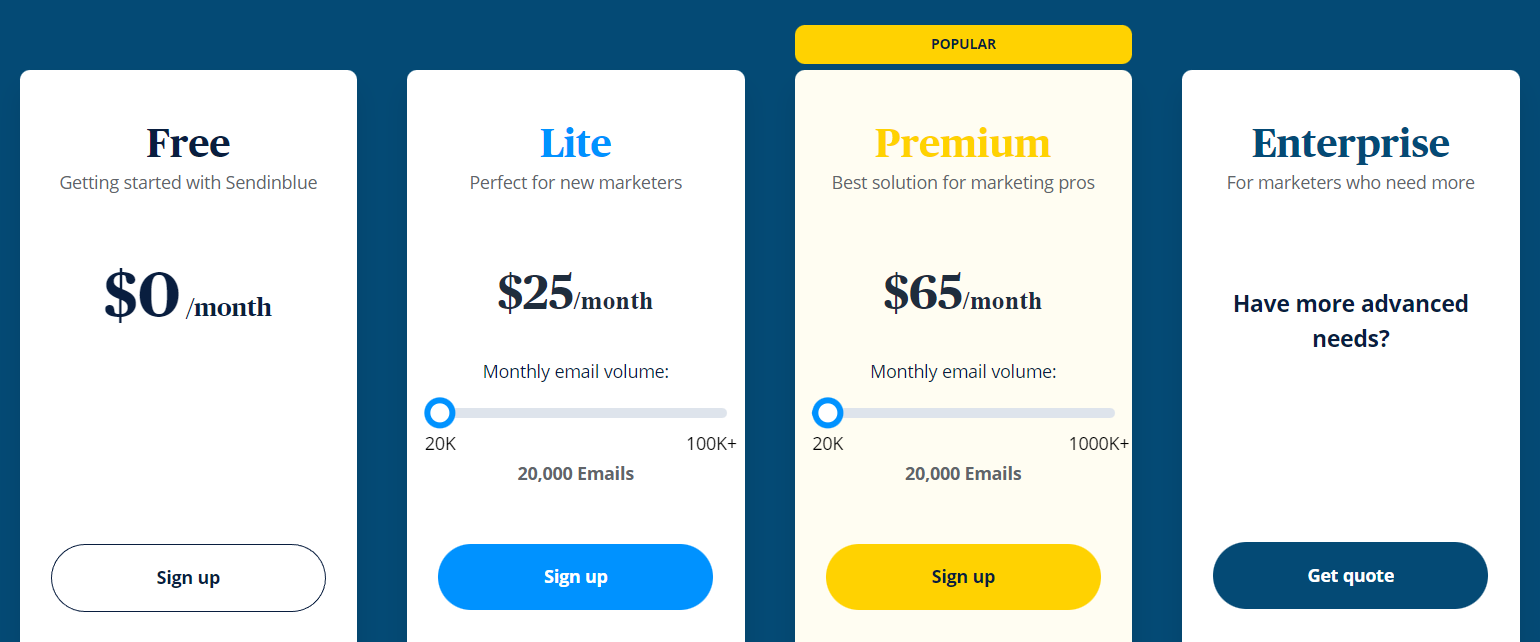
Pros and cons
- Developed for email marketing;
- Intuitive interface;
- Easy to integrate with other platforms.
- Lack of features if you want to expand;
- Lack of customization;
- Some bugs like disappearing emails come out sometimes.
EngageBay
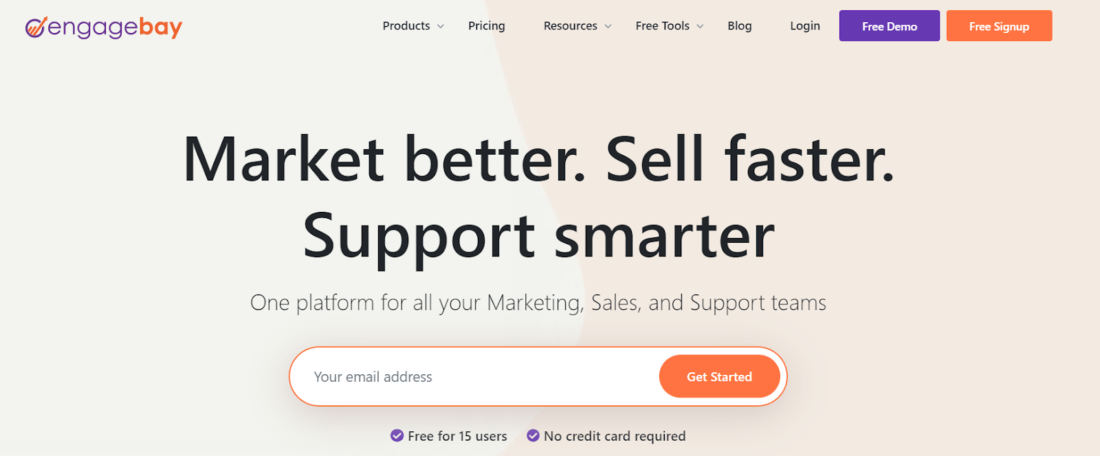
EngageBay is an all-in-one platform that offers tools for marketing, sales, and customer support teams — including tools for lead generation, of course. The solution will suit companies from different industries and sizes.
EngageBay lead generation tools:
- triggered email campaigns,
- CRM and lead generation forms,
- pop-ups,
- live chat,
- landing pages builder.
EngageBay pricing: from $14,99/mo
Free trial: not available.
Free plan: available.
The pricing depends on the people who have access to an admin panel. Note that the number of contacts is also billed separately.
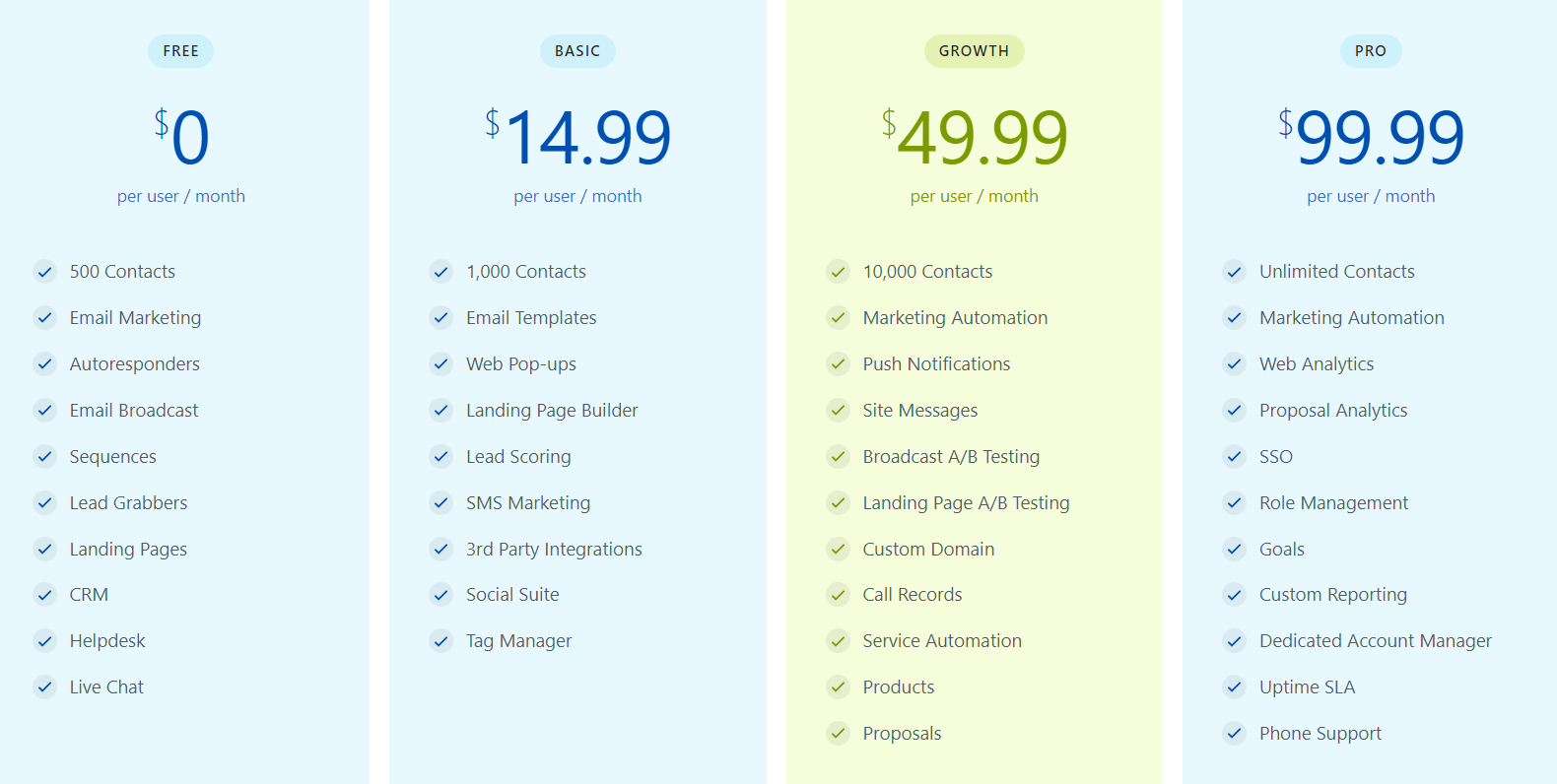
Pros and cons
- Easy to use;
- Affordable pricing and free plan;
- CRM and landing pages builder.
- Setting up reports may be difficult;
- Expensive additional emails.
OptinMonster
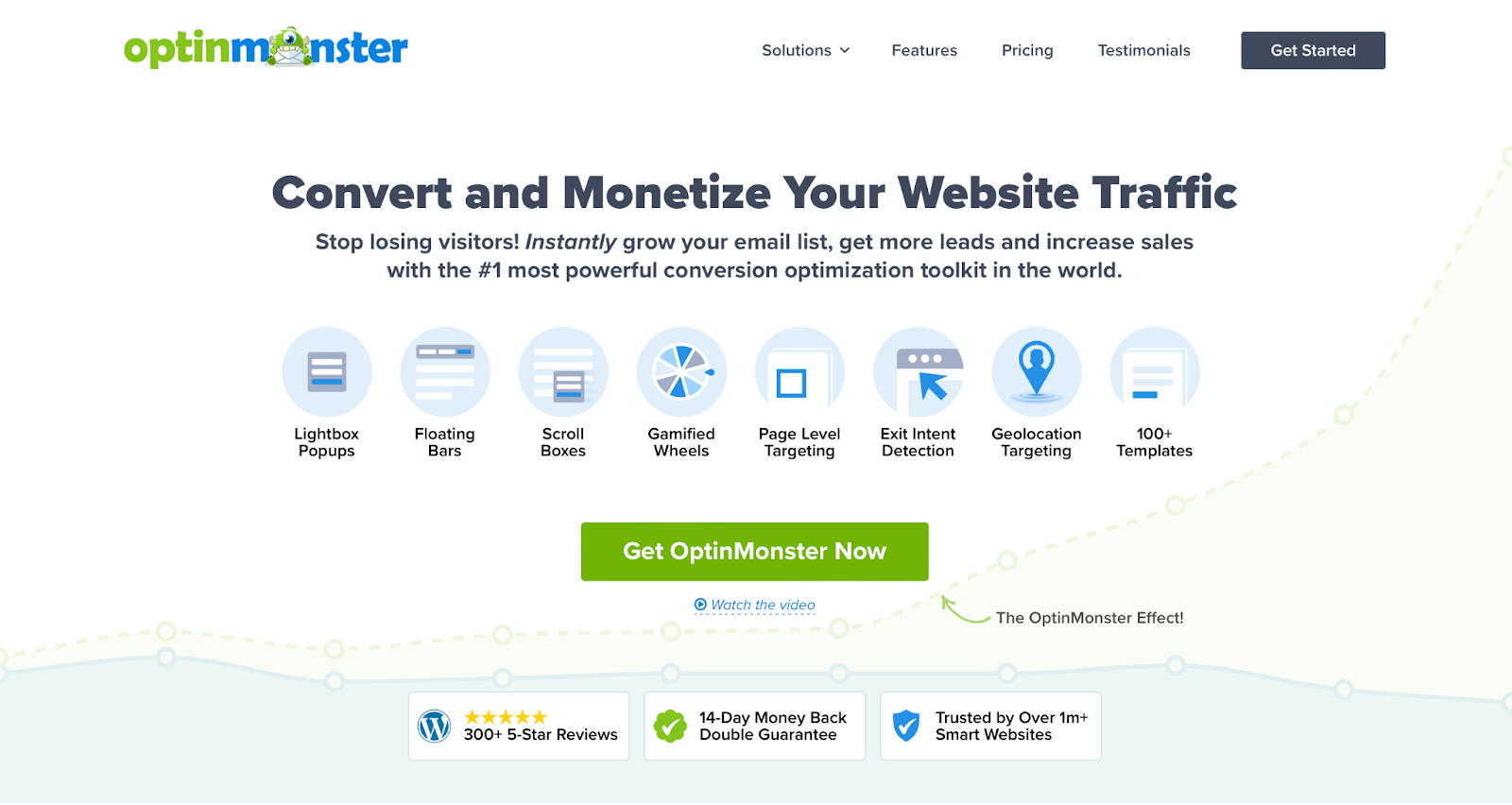
OptinMoster helps you generate more leads from your website traffic. Using this tool, you can create landforms, personalize your offer, and analyze campaigns.
The solution will suit businesses from any industry and size, but small and mid-sized businesses will find it the most useful.
OptinMonster lead generation tools:
- slide-in scroll boxes;
- full-screen welcome mats;
- pop-ups;
- targeting (including location-based);
- floating bars.
OptinMonster pricing: from $9/mo
Free trial: not available.
Free plan: not available.
There are four paid plans, starting from $9/mo. Although you can’t test the solution, they guarantee a refund if you’re unsatisfied with the software.
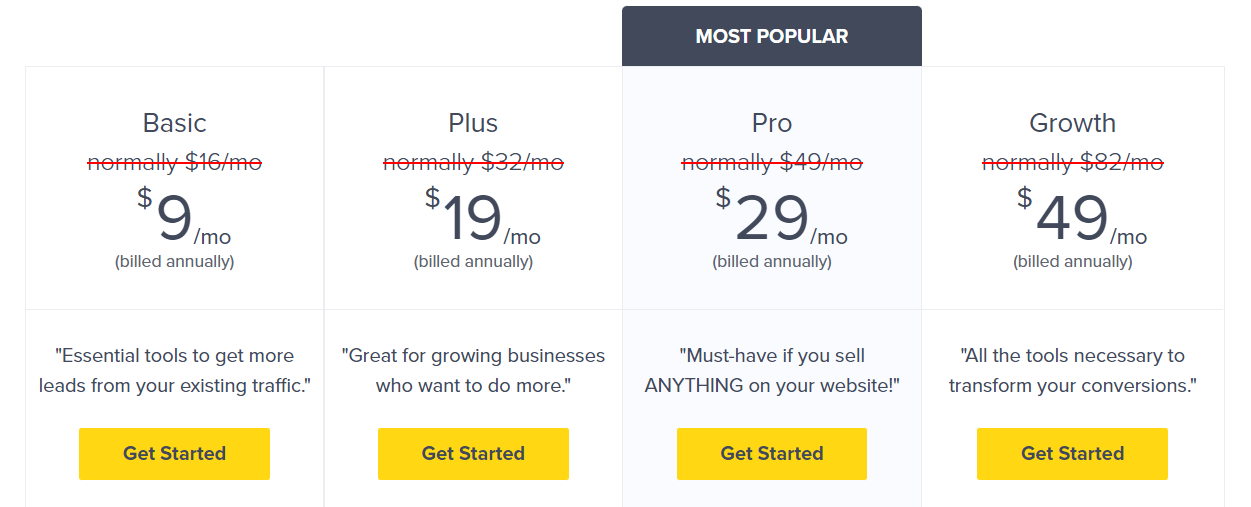
Pros and cons
- Visual pop-up and lead forms builder;
- Third-party integrations;
- Intuitive interface.
- May slow down a website download;
- Customer support may take a long to reply;
- Lack of multi-step lead forms.
Agile CRM
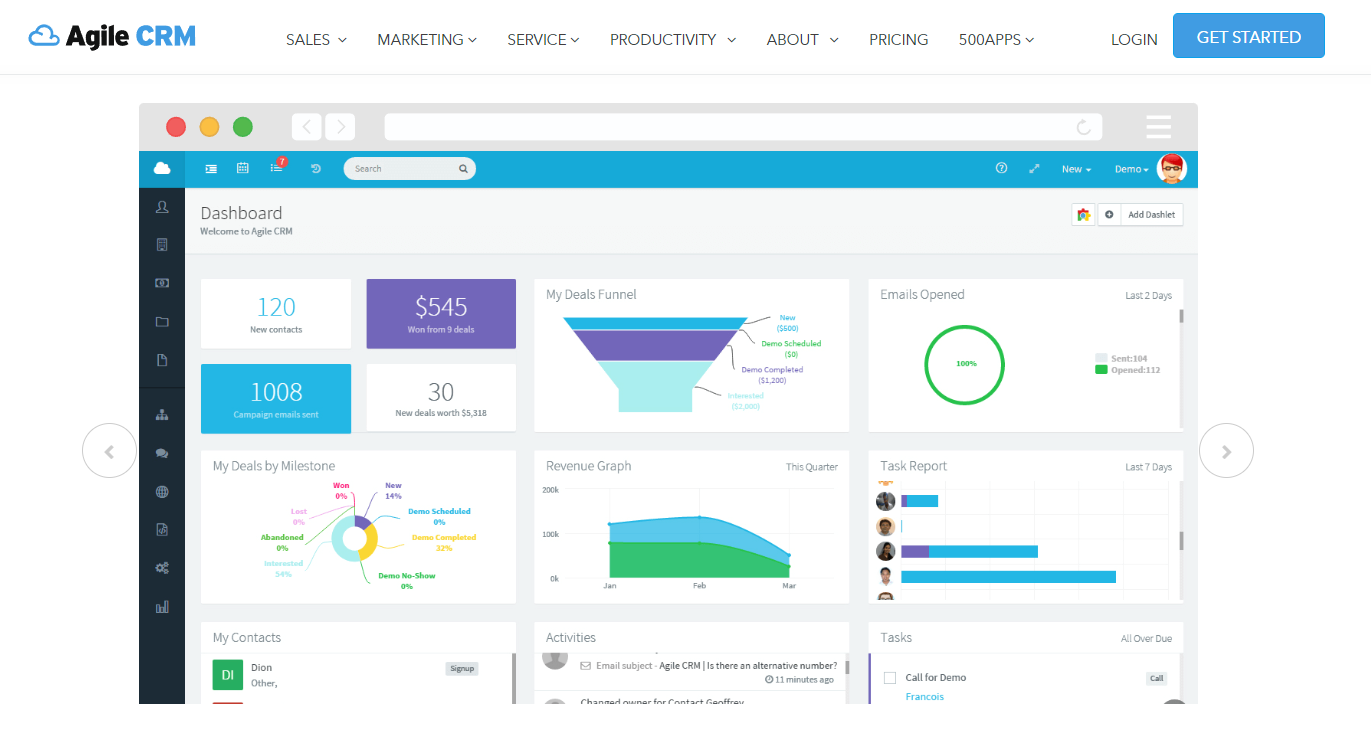
Along with CRM (what stands from the naming), the platform offers many tools for customer engagement, lead generation, and sales increase. The solution will suit all sizes and types of businesses.
Agile CRM lead generation tools:
- CRM, of course;
- lead forms and landing pages;
- email campaigns;
- pop-ups;
- live chat.
Agile CRM pricing: from $14,99/mo
Free trial: not available.
Free plan: available.
There are three plans, and the cheapest one starts from $14,99/mo — the final fee will depend on the number of users.
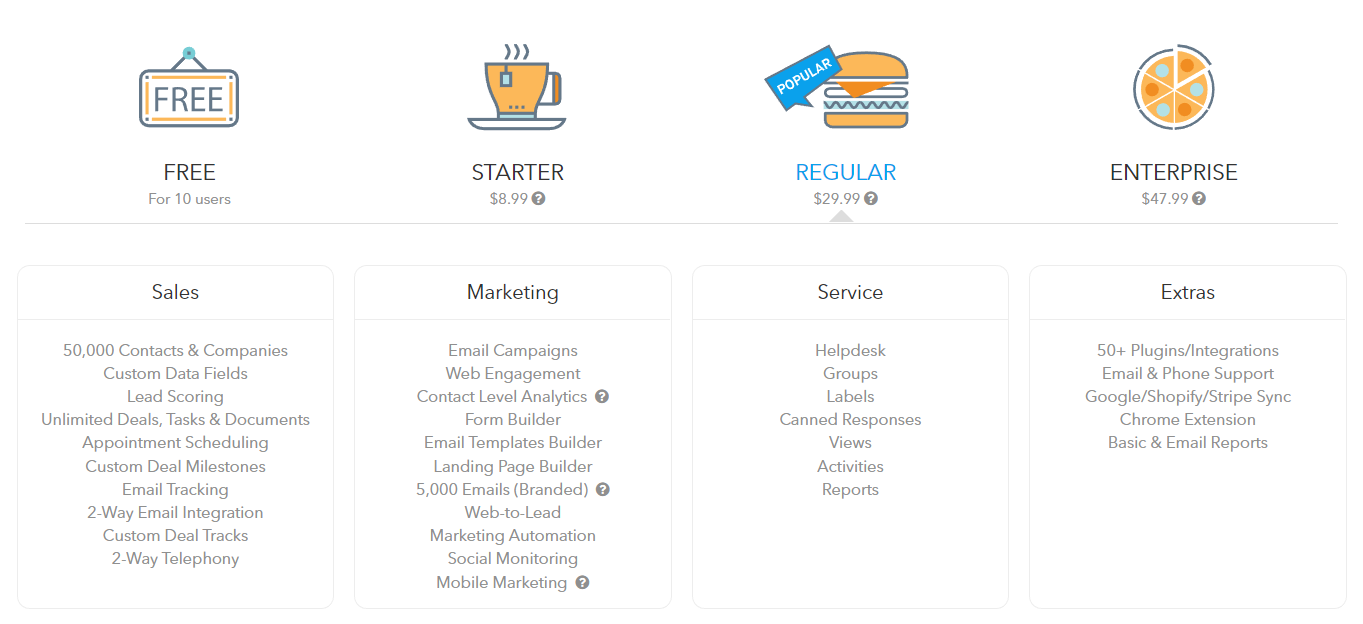
Pros and cons
- Convenient CRM;
- Lots of integrations;
- Easy-to-use interface.
- Bugs on an admin panel;
- Non-friendly customer support;
- The setup may take time.
Tidio
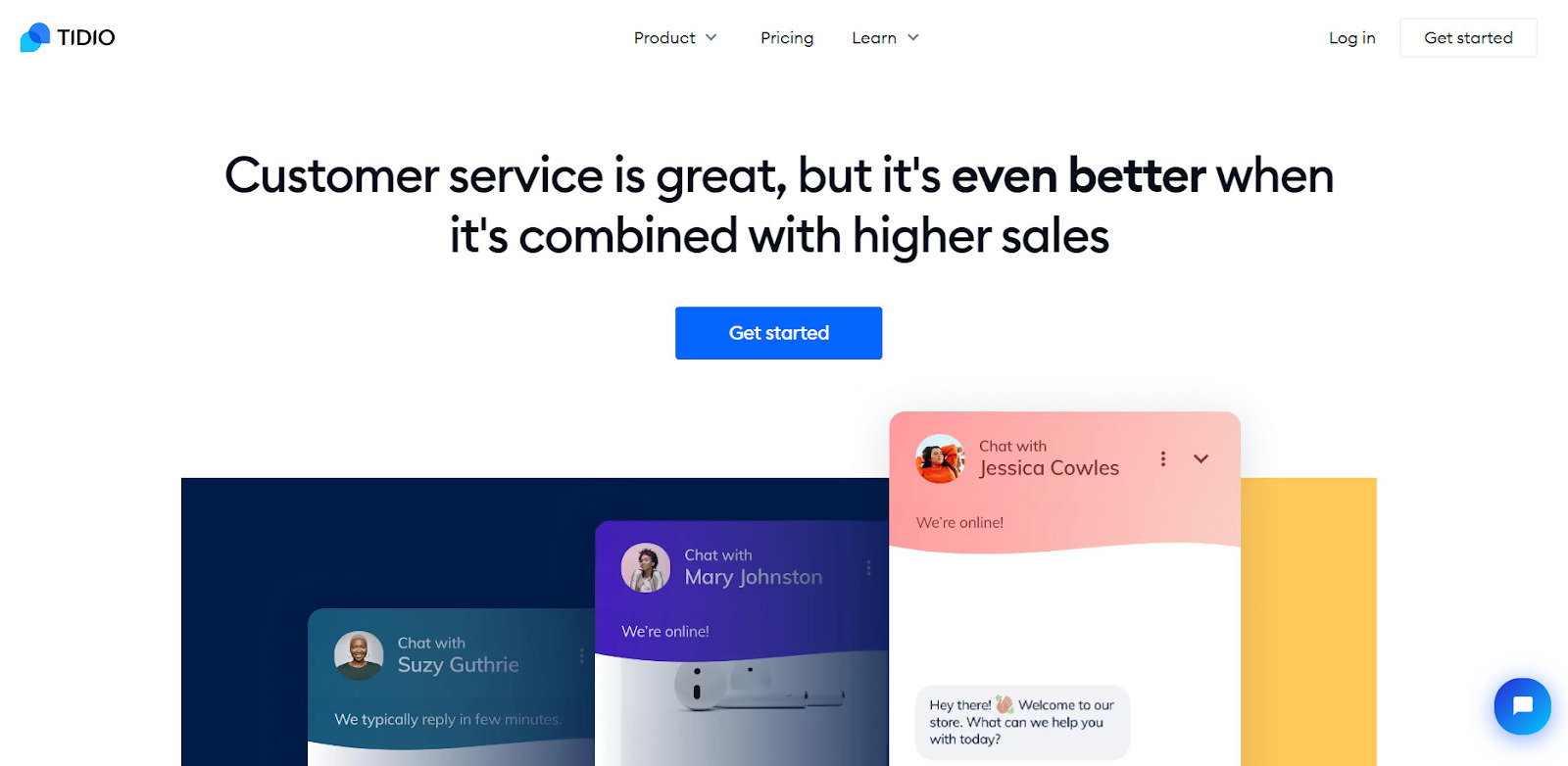
Tidio is a lead generation platform that helps you combine lead generation with greater customer support. This offers tools for companies from different industries, but it will mostly suit mid-sized and enterprise companies.
Tidio lead generation tools:
- Live chat;
- Chatbot with templates;
- Advanced analytics (see what pages a user viewed, live visitors list on your website, and so on);
- Email marketing;
- Lots of integrations with third-party solutions.
Tidio pricing: from $19/mo
Free trial: 7 days.
Free plan: available.
There are four basic plans. A chatbot is available on the Chatbots plan; however, you can try it with 100 users on a Free plan.

Pros and cons
- User-friendly interface;
- Lots of integrations.
- Quite expensive if you need chatbots;
- Sometimes bugs appear.
Thanks! Now check your inbox

Summing up: tips for lead generation
We asked our team who works with lead generation to give a piece of advice to those who want to start lead generation. But there are two things we should mention first:
- Qualify leads. Otherwise, your sales team will spend time on non-target leads instead of those who might buy from you;
- Track users’ actions on your website. This will help you to analyze whether there are mistakes or some other bottlenecks on your website and to understand how you can improve your lead generation tactics.
See what Dashly experts tell about lead generation:
Always focus on lead quality, not quantity. Regularly monitor who exactly you capture — are these leads target ones? If they’re not, there’s no point to invest in their acquisition, as it won’t help you generate more revenue.
Don’t forget your lead generation strategy is never set in stone. Look for inspiration and constantly update it like our growth hacker Polly 👇
Test your lead generation channels, messages, and audiences. Launch A/B tests to find out which offer performs better and improve your lead generation campaigns.
And don’t be afraid to reach out beyond your website!
To get better results on lead generation, try PPC ads in tandem with lead generation tools on your website. This will help you bring more target leads and make the most of your traffic.
Wish you higher conversions and more target leads!
FAQ on lead generation
This depends on your industry and your business size. For example, in two months, our client online school captured 66 leads. Depending on your goal, you may track these metrics:
1. the number of leads acquired;
2. conversion rate to purchase;
3. total lead value — the sum of purchase leads you’ve acquired made;
4. lead acquisition cost — how much you’ve spent on lead acquisition;
5. acquisition channels — which channels perform better for lead generation.
This is a process of collecting contacts of people who’re interested in your product or business.
Find more info in the article.
A lead is a user who’s left you their contact. Depending on their interest in your product, they can be divided into five types. Find more info about each of them in the article.
Lead demand campaigns are aimed to create an interest in your product, while lead generation’s goal is to acquire as many leads as possible. Find more info in the article.
Leads in marketing are users who already left their contact and will be ready to buy from you after proper nurturing.
Find more info on how to collect them in the article.
Leads in sales are users who have researched your product and are ready to talk with your sales team.
Find more info on how to collect them in the article.
Leads in business are people whose contacts you have and who’re ready to become your customers. Find more info on how to collect them in the article.
Lead generator is a tool that helps you with leads capturing — a pop-up, chatbot, live chat, and so on.
By active lead generation, you increase the number of your clients — this means that you’ll generate more revenue.
To calculate an accurate lead generation cost, try to estimate how much you spend on your marketing team (but only on those people who’re involved in lead generation) and your marketing budget — paid platforms, promotion, and so on. The price depends on your industry and business size.
Read also:
- 3-step guide on inbound lead qualification: how to qualify inbound leads on autopilot
- Choose your ideal lead nurturing platform: Top 10 software tested by experts
- The best way to collect emails: 5 top-notch methods unveiled
- How to implement user tracking on website: guide, tactics, and tools
- Top 10 user activity monitoring tools: tracking features, price, cons and pros
- The top 15 inbound marketing tools: harness digital power and elevate your business
- Top 12 lead qualification tools to deliver your sales hot leads only
- Top 20 best website tracking tools for effective work with visitors
- Top 10 customer segmentation tools to personalize customer communications
- 10 best website personalization tools to deliver top-notch visitors experience
- 12 best AI marketing tools to automate everything [expert edition]
- Top 12 omnichannel marketing tools for your cross-channel campaigns
- Top 13 follow up email software to elevate your email marketing strategy
- 10 best predictive lead scoring software to boost your sales funnel
- 7 best email capture tools: features and pricing compared for 2024





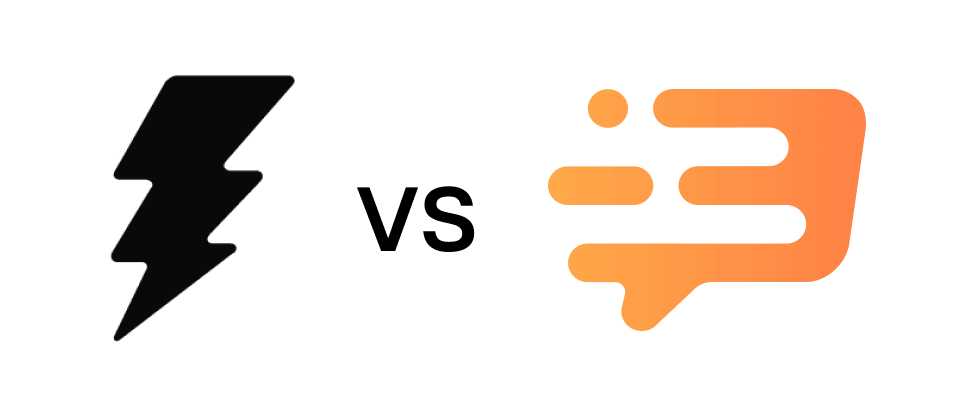
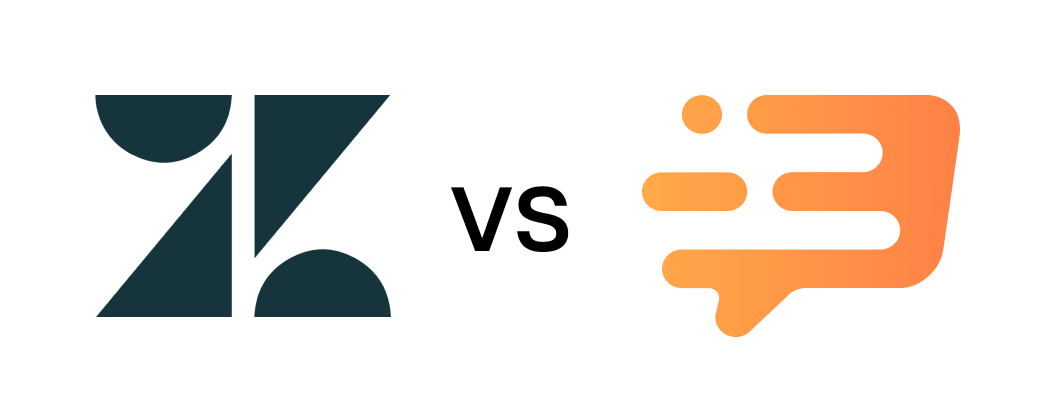






![21 proven tools for your 2025 marketing tech stack [Recommended by market experts]](https://www.dashly.io/blog/wp-content/uploads/2022/08/martech-stack-999-720x317.png)
